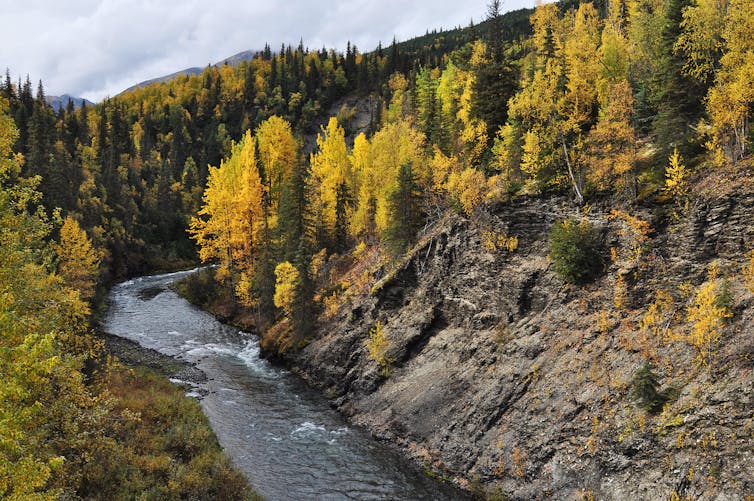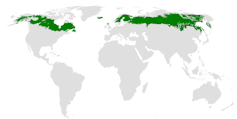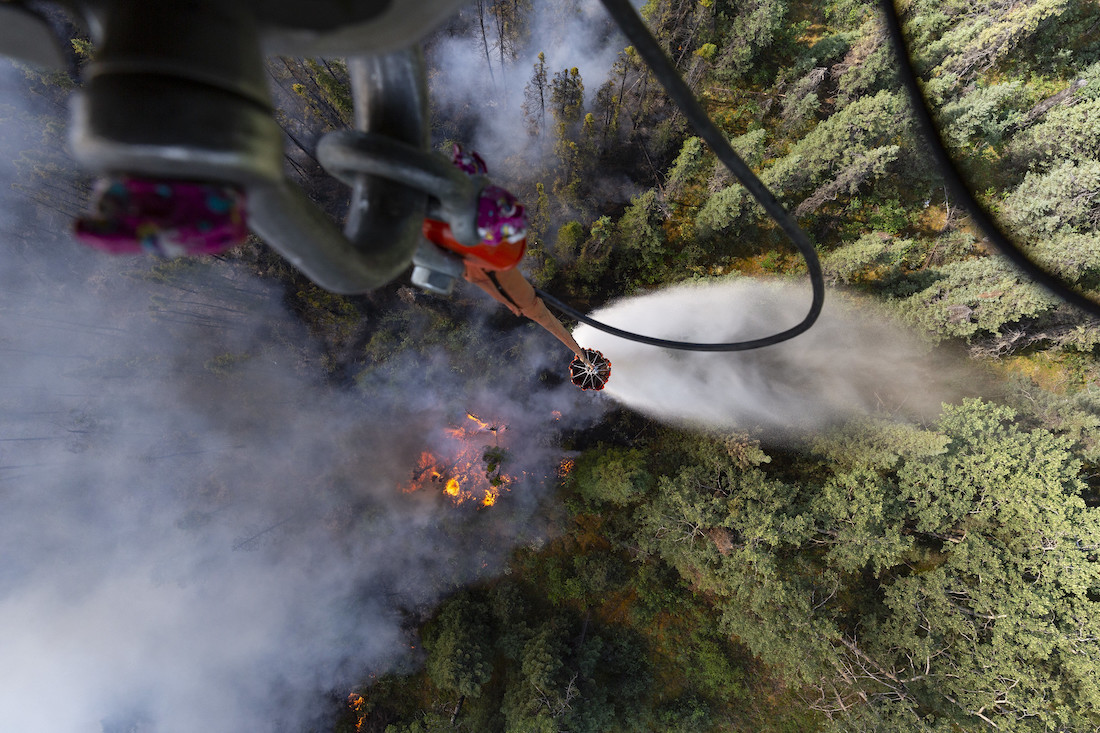Fireplace is a very hot subject these days, specially when it arrives to the boreal forest, the large expanse of trees that stretches across Alaska, Canada and other chilly northern locations. Significant fires have been burning a lot more usually and seriously in these remote landscapes, pushed by for a longer time seasons of scorching, dry temperature and extra lightning strikes as the climate warms.
As forests melt away, they launch organic carbon that has accrued in tree trunks, leaves and roots and in soils. This sets up a likely risky climate comments loop: Extra fires release more carbon from the land, which even more exacerbates world warming, which suggests much more sizzling, dry weather that can gas a lot more hearth exercise.
It is plenty of to continue to keep researchers like ourselves awake at evening. Nonetheless, new results from our research crew released in the journal Science on April 15, 2021, counsel there may perhaps be a pure brake on the program.
We uncovered that when black spruce forests that experienced lately burned in interior Alaska started regrowing, far more aspen and birch trees were being blended in with the spruce. In actuality, broadleaf deciduous trees like these were turning out to be the dominant species.
This has two significant results when it arrives to local climate alter and wildfires: The deciduous trees shop a lot more carbon, and they never melt away as swiftly or a severely as dry, resinous black spruces and their needles do.
The consequence is that these transforming forests could mitigate the hearth-climate feedback loop, and probably even reverse it – at least for now.

Paxson Woelber/Flickr, CC BY
Aspen and birch trees take in excess of
When severe fires in black spruce forests burn off deep into the soil organic layer, more carbon is missing throughout the blaze. But something else comes about as effectively: Instead of spruce trees regrowing after these extreme fires, they are usually replaced by deciduous broadleaf trees that make up for that carbon decline when they regrow.
Severely burned black spruce stands, or teams of trees, shed the most carbon during a fireplace, but as soon as these forests transition to aspen and birch, they store carbon at a price that is 4 instances a lot quicker than in similarly aged black spruce stands. By 50 yrs, they have compensated for fire-pushed carbon losses.
By the time deciduous forests are 100 decades aged, the normal interval concerning burns in this location, carbon pools are 1.6 periods greater than in black spruce forests, according to our calculations. The internet effect is an enhance in stored carbon that far more than compensates for the enhanced carbon dropped all through the preceding fireplace.
Most of the carbon stored in deciduous stands is in the trees’ biomass previously mentioned floor – woody trunks and branches – not in soils like in spruce stands. This is because trees like birch and aspen expand a great deal much more rapidly than spruce and are far more effective at cycling nutrition and sequestering carbon in wooden.
15 a long time of changing forests
Our study began in excess of 15 a long time ago, when an intensive fire time in 2004 burned a report 6.7 million acres across Alaska.
We suspected then that the worsening fires carried the fingerprint of modern day climate adjust, and we puzzled what it may well necessarily mean for designs of forest restoration.

Wikimedia/Mark Baldwin-Smith, CC BY
Following the fires, we established a broad community of research web pages in burned black spruce forests throughout the area. In every, we calculated the amount of money of carbon in the ecosystems as they recovered.
We identified that new fires had burned deeper into the soil, disrupting the comparatively shallow burn off styles that experienced authorized black spruce to dominate the landscape. The extreme burning resulted from the hotter local climate and consequently drier, a lot more flammable fuels. The moment deciduous seedlings become proven soon after a fire, they speedily dominate the forest cover.
It is still much too early to know how common these variations may well be, but recent estimates from remote sensing recommend that deciduous forests could change conifer forests at a level as superior as 5% per 10 years, mostly because of to fire.
Placing all individuals parts with each other, we now understand that such swift shifts in forest composition and their effects on carbon storage styles could form the lengthy-expression feed-back loops in between boreal forests and the Earth’s ambiance.
Less flammable trees, but that may well not past
There’s far more to the story about the opportunity for deciduous trees to mitigate fire and climate feedbacks in the boreal forest.
Importantly, wildfire experiments reveal deciduous broadleaf forests generally burn up considerably less quickly when a fireplace ignites, and fires in deciduous forests are much more effortlessly place out by rainfall or human efforts. Although not immune to fireplace, aspen or birch stands burn up a lot more little by little and much less seriously than black spruce stands, which have dry, resinous and extremely flammable fuels.
The result is that additional deciduous stands across boreal forests are possible to translate into smaller, fewer severe fires.

Sherman Hogue/U.S. Army, CC BY
Even so, we do not know how prolonged deciduous forests’ lower flammability will persist as the weather warms. There probably is a threshold at which even resistant trees will readily burn. Other ecological alterations as the forests renovate could also influence their prolonged-phrase carbon storage.
The capability of deciduous forests to gradual local climate warming will rely on the two the nearby landscape and the options people today make about their carbon emissions. For the time remaining, it is welcome information that all-natural shifts in forest ecosystems have the potential to be critical gamers in bolstering the resilience of the Earth process to climate warming.
***
![]()
Jill Johnstone, Adjunct Professor of Biology, University of Saskatchewan Heather Dawn Alexander, Assistant Professor of Forest Ecology, Auburn College Michelle C. Mack, Professor of Ecosystem Ecology, Northern Arizona College, and Xanthe Walker, Assistant Study Professor, Northern Arizona University
This short article is republished from The Discussion under a Creative Commons license. Read the initial short article.
***
Speaking of wildfire, have you observed Stuart Palley’s wonderful e book of wildfire images, Terra Flamma?
